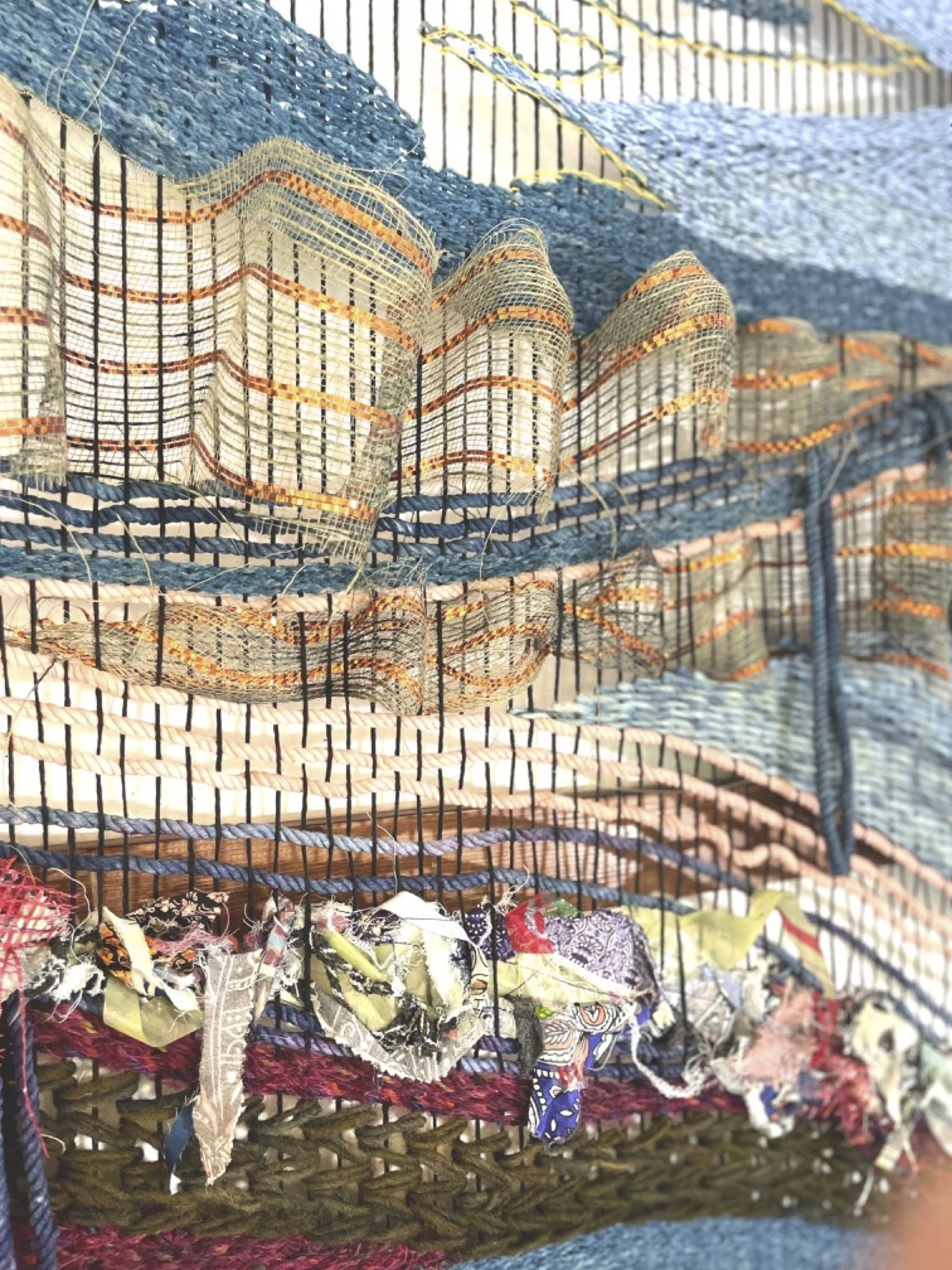Indigo: the Color of the Ocean, and a Fabric of History
Indigo, with its deep blue hue, carries a history as rich as its color. More than just a pigment, it has symbolized commerce, colonial power, and cultural exchange. This project explores how indigo and the Manila-Acapulco galleon trade shaped modern capitalism, global connections, and the rise of the Spanish Empire.
In 1565, Spanish explorers Alonso de Arellano and Andrés de Urdaneta charted the eastward return route of the Manila-Acapulco galleons, opening a vital transpacific link between Asia and the Americas. Manila became the Asian hub, Acapulco its American counterpart, and the route carried a wealth of goods: indigo, silk, silver, gold, and spices.
The galleon trade embodied Spain’s colonial ambitions, channeling resources across continents to enrich the Crown. This system depended on indigenous labor and fueled the growth of global capitalism. Interwoven with the trade in silver, gold and other precious metals from Asia and the Americas, the indigo trade spotlighted the intricate global web of commerce taking shape during that period.
The story of indigo is one of interconnection and transformation. It reflects the blending of cultures, the realities of colonial exploitation, and the foundations of modern economic systems. A seemingly simple pigment, indigo reveals a complex mosaic of history, trade, and human connection.
IG: @dianewilliamsartist















